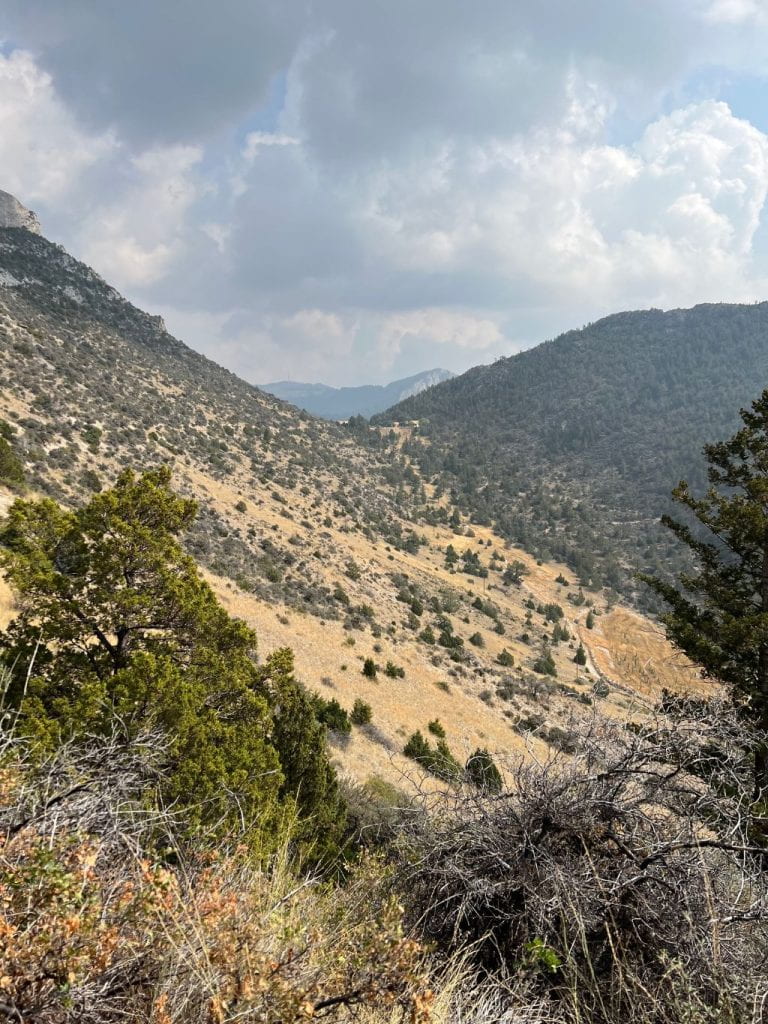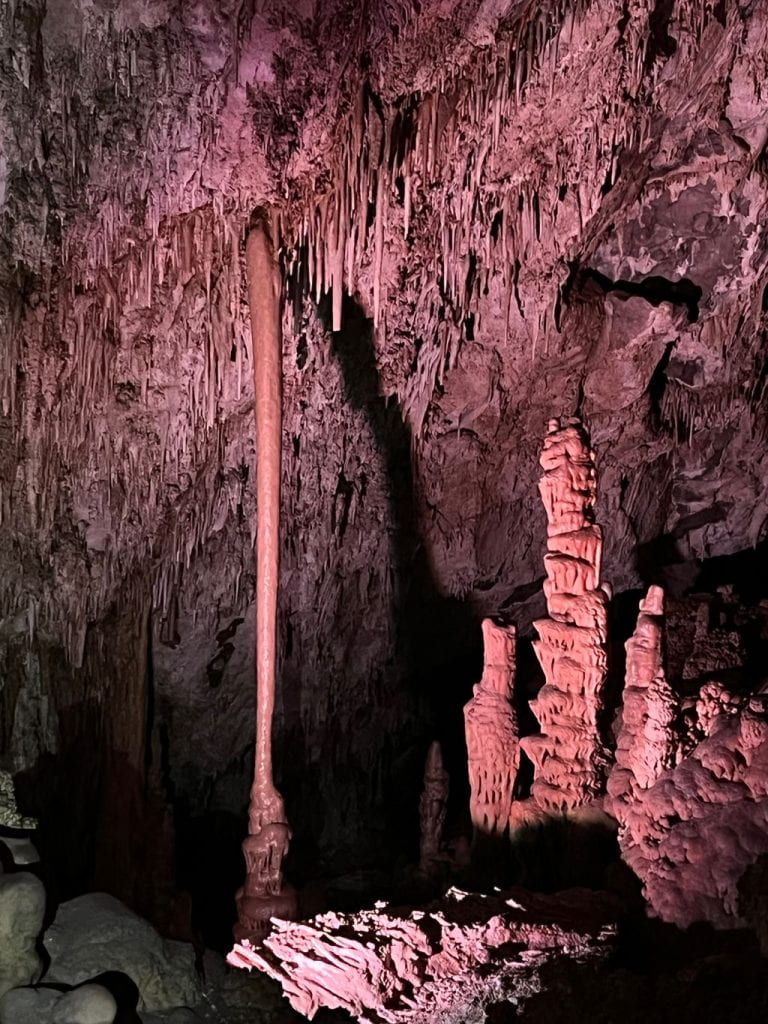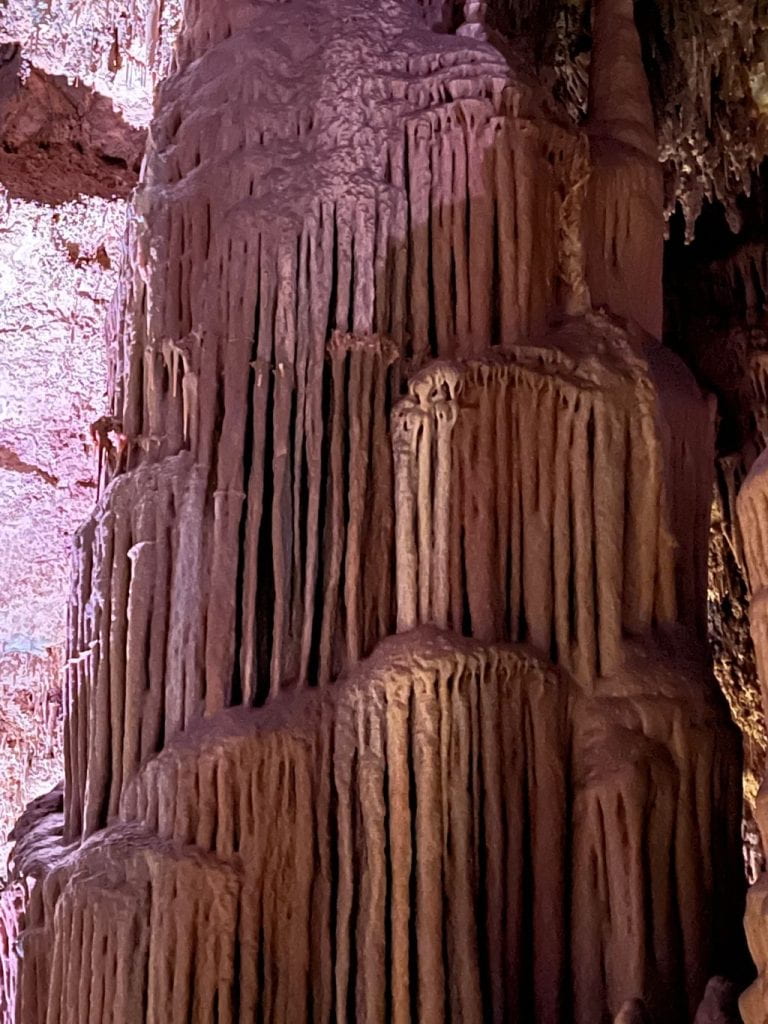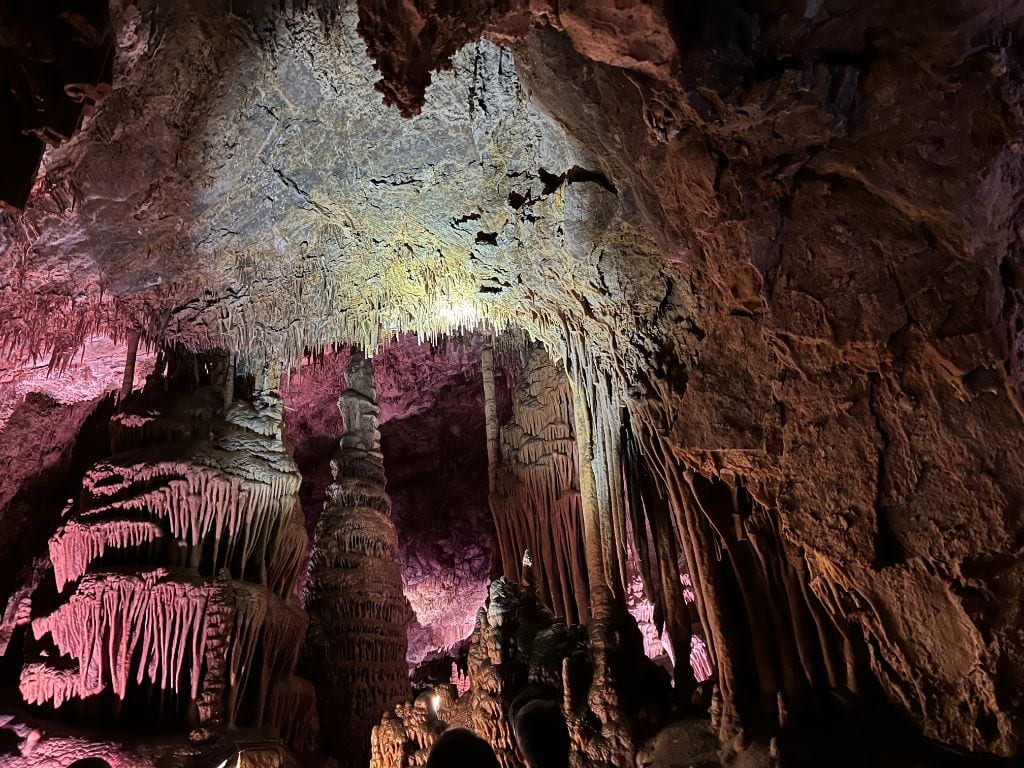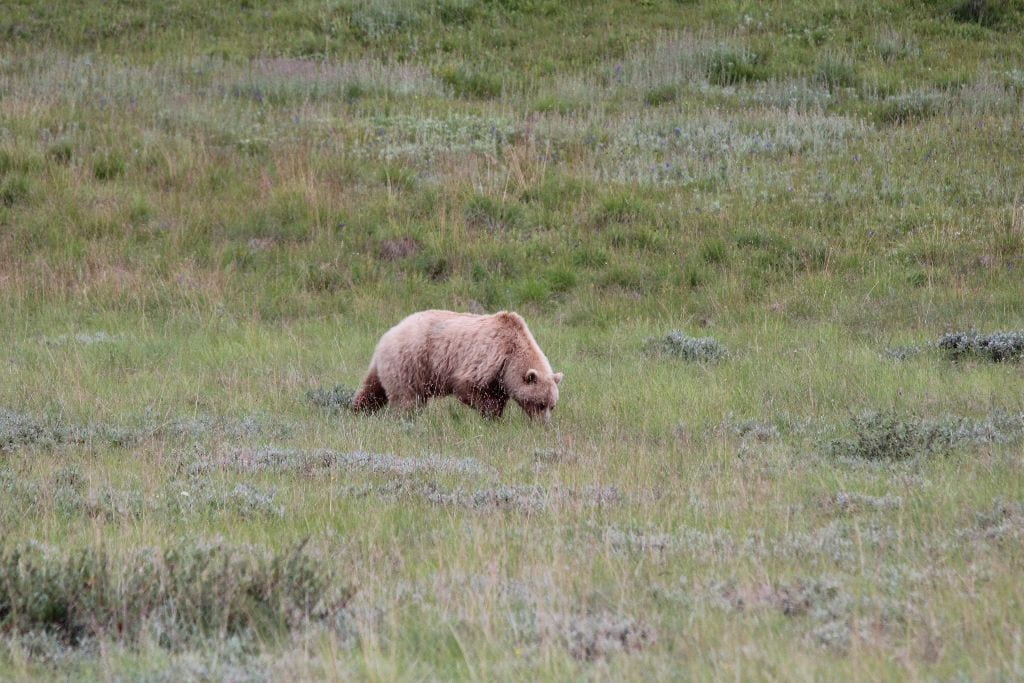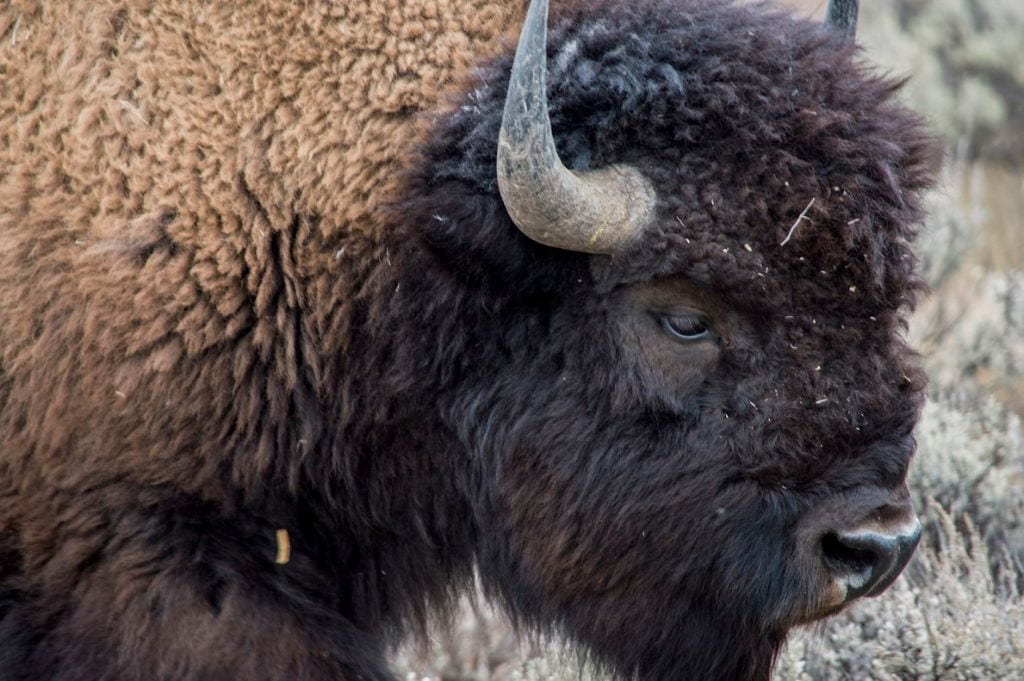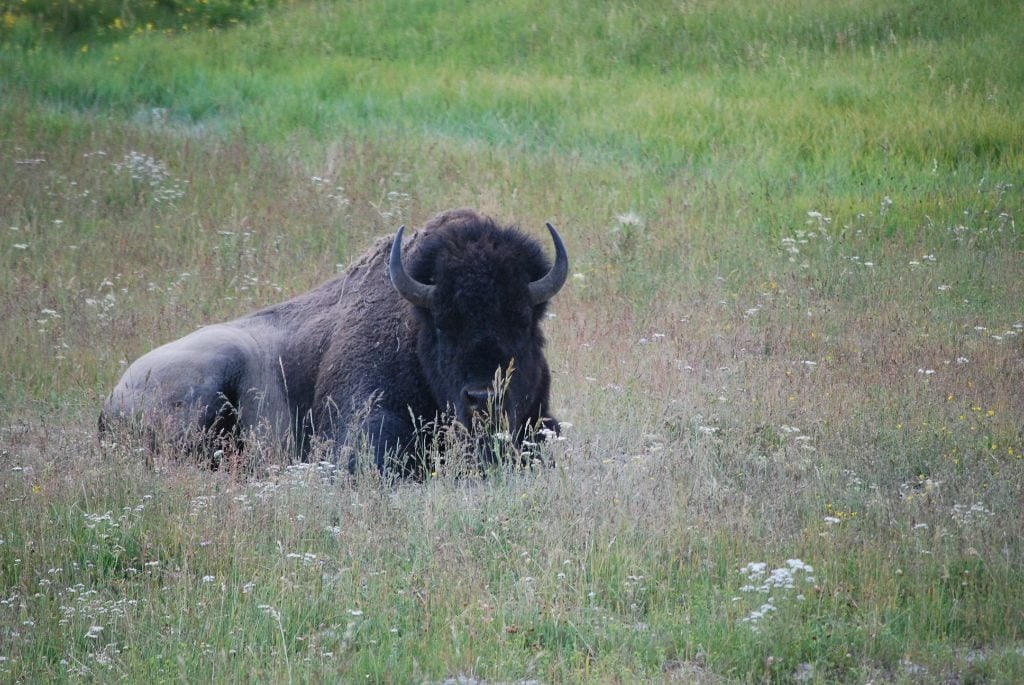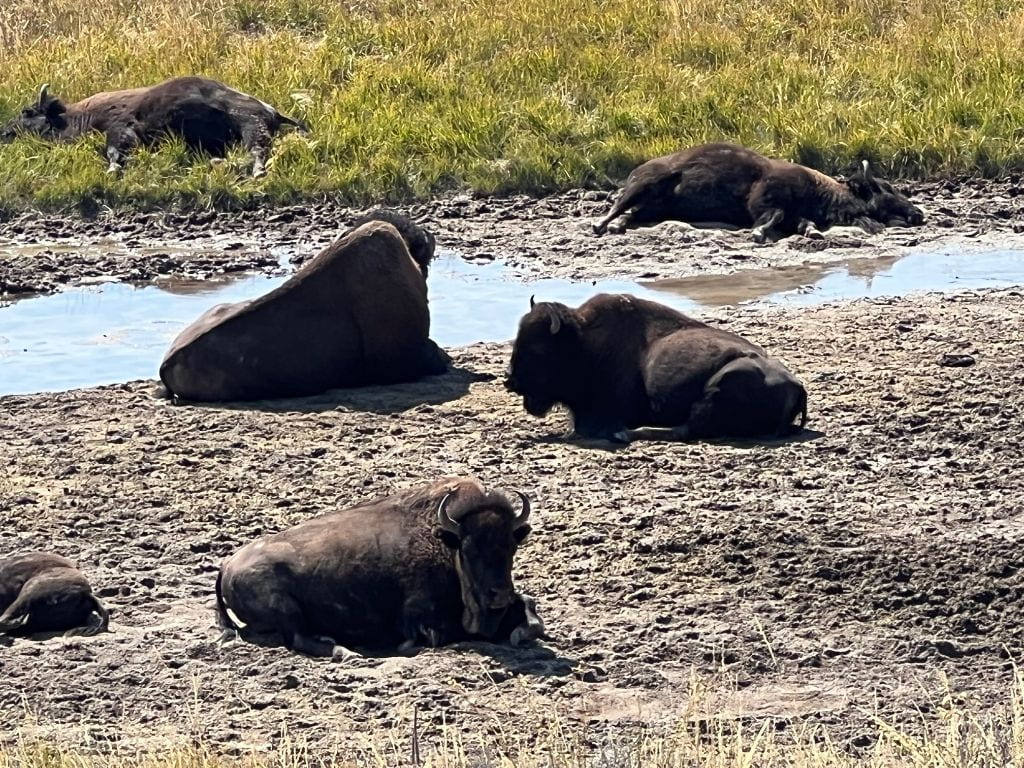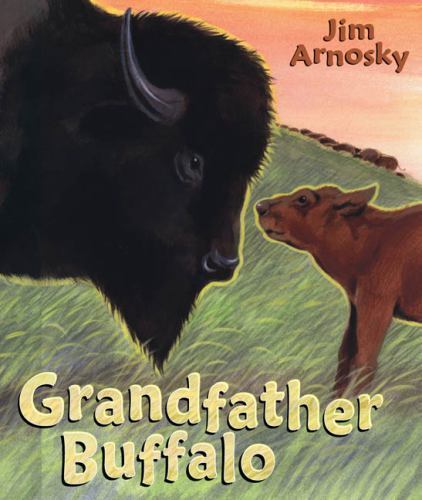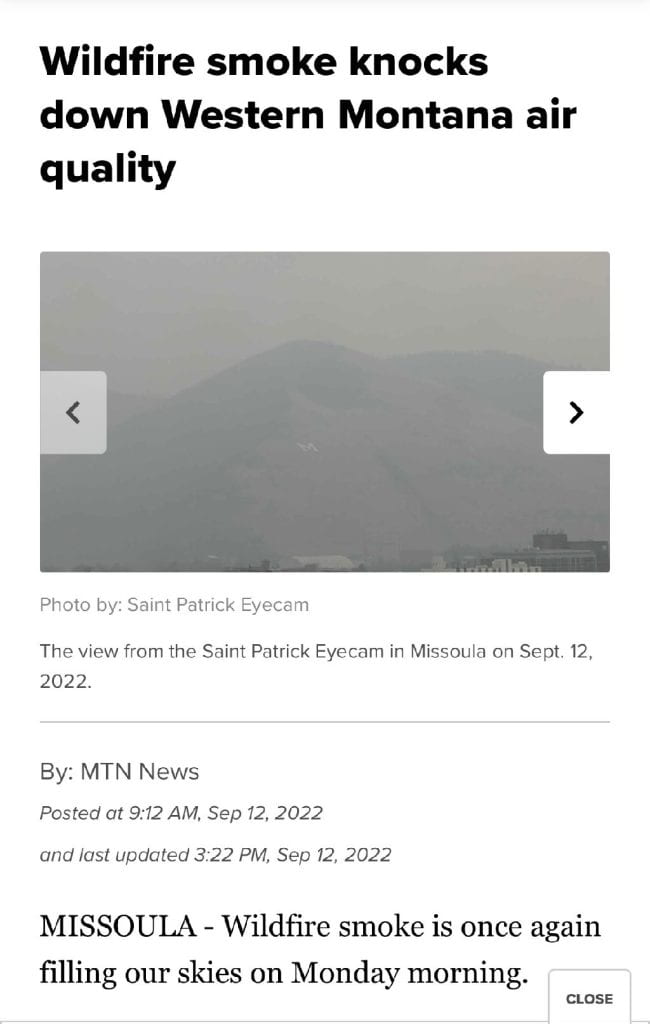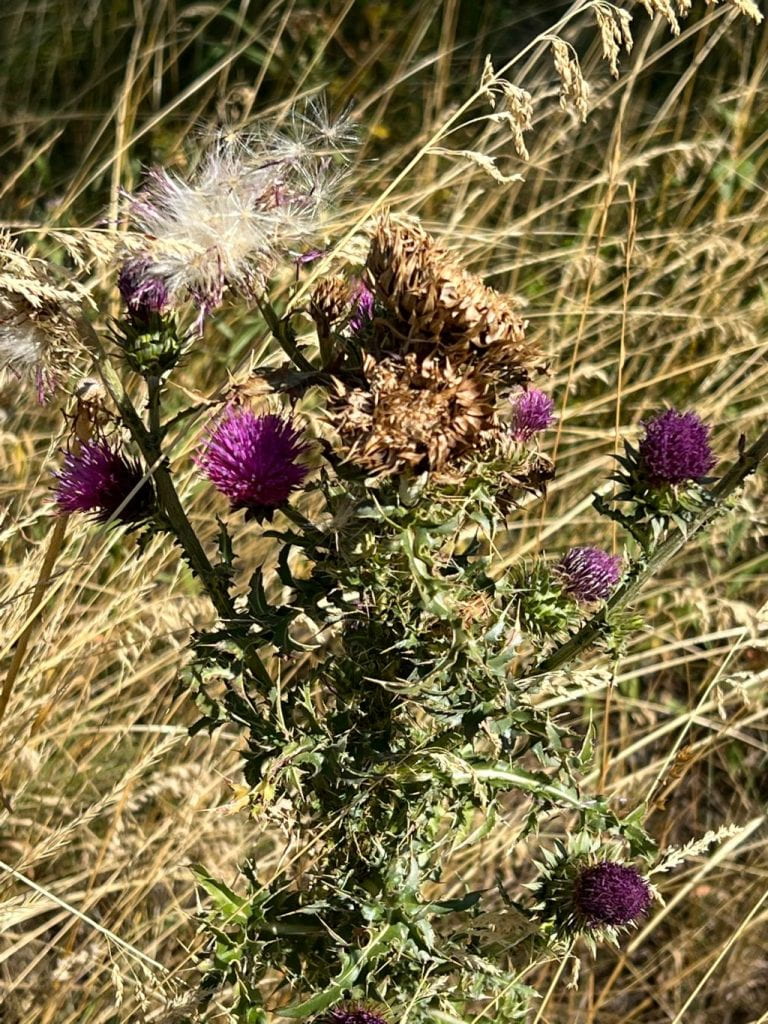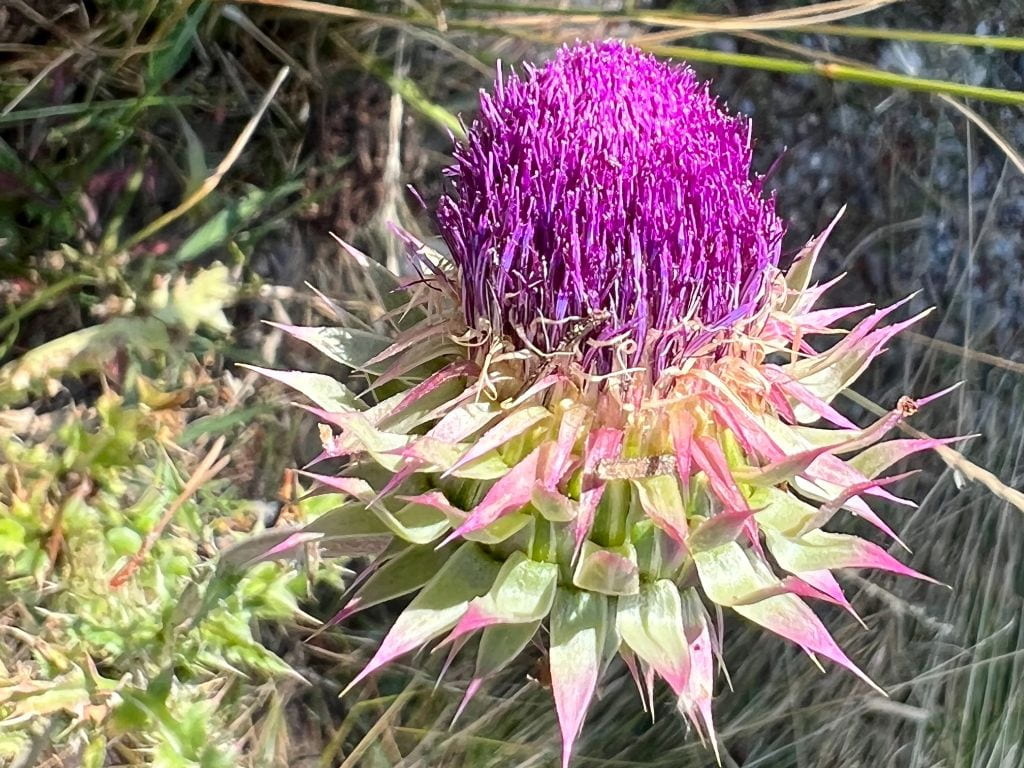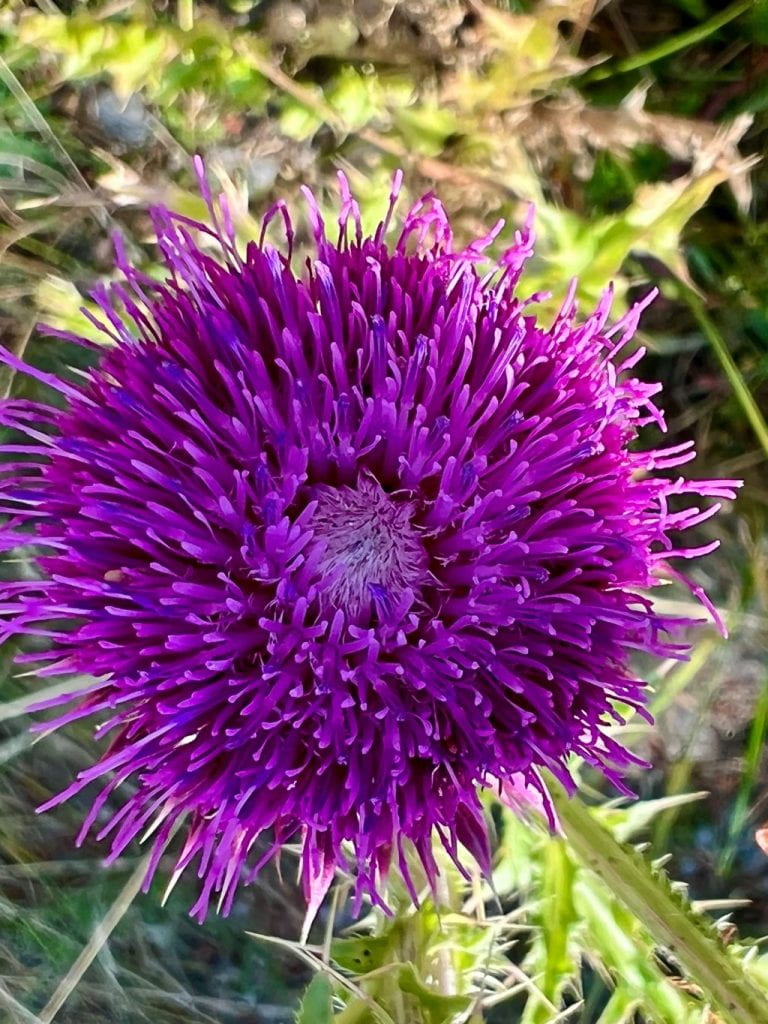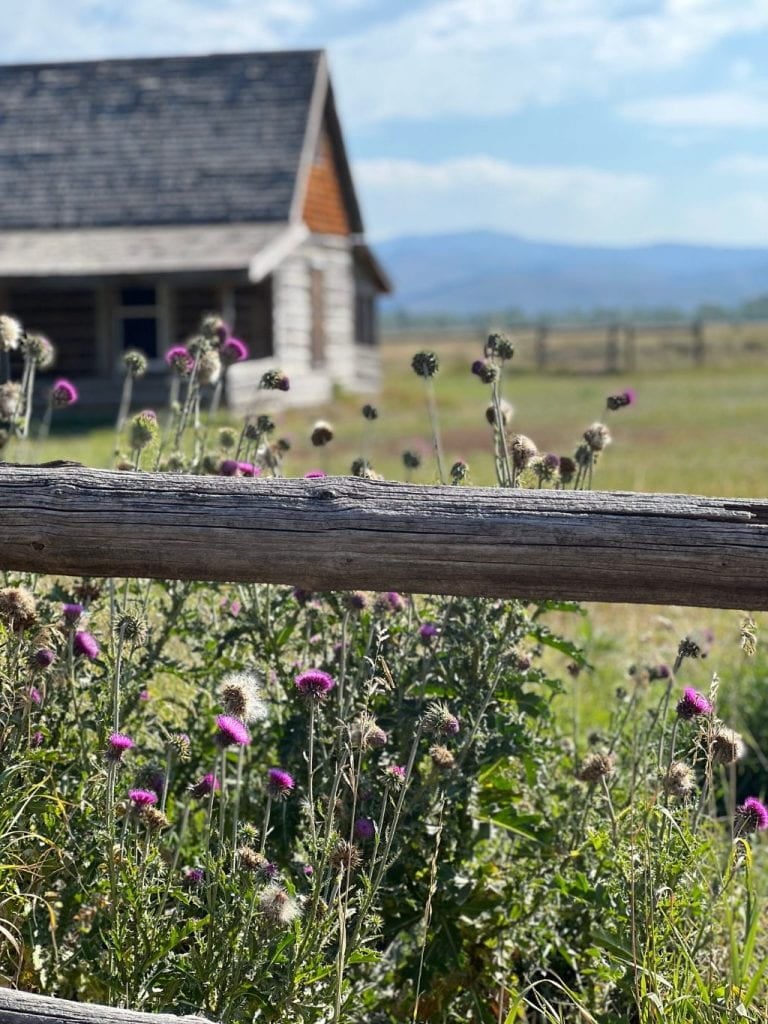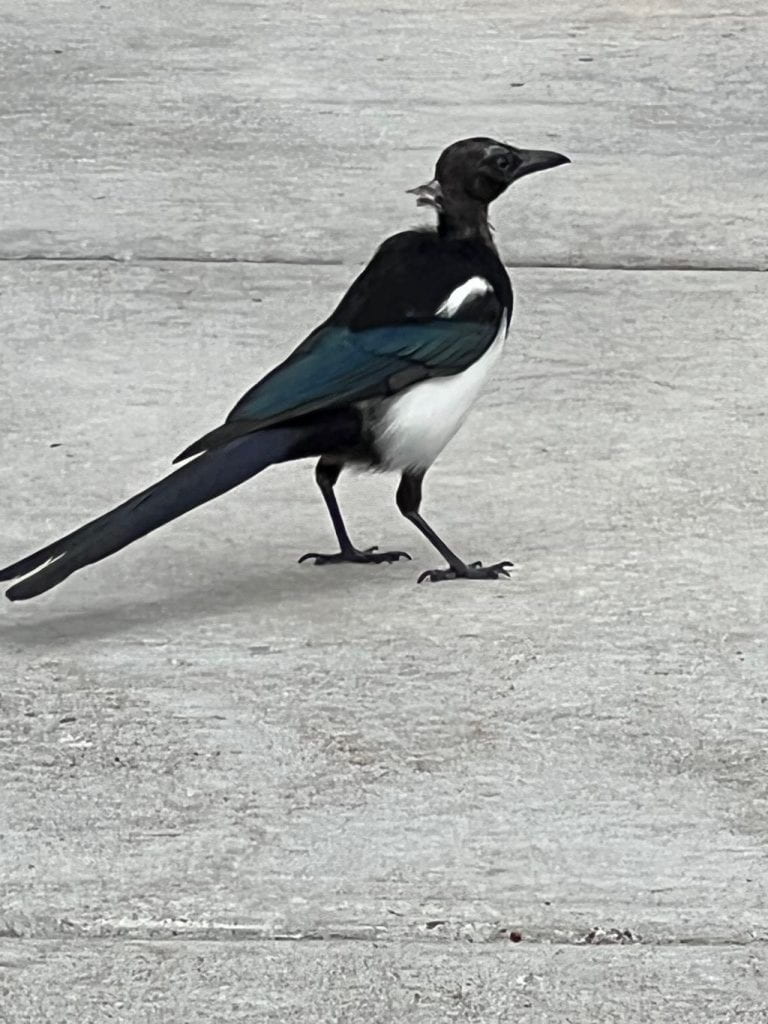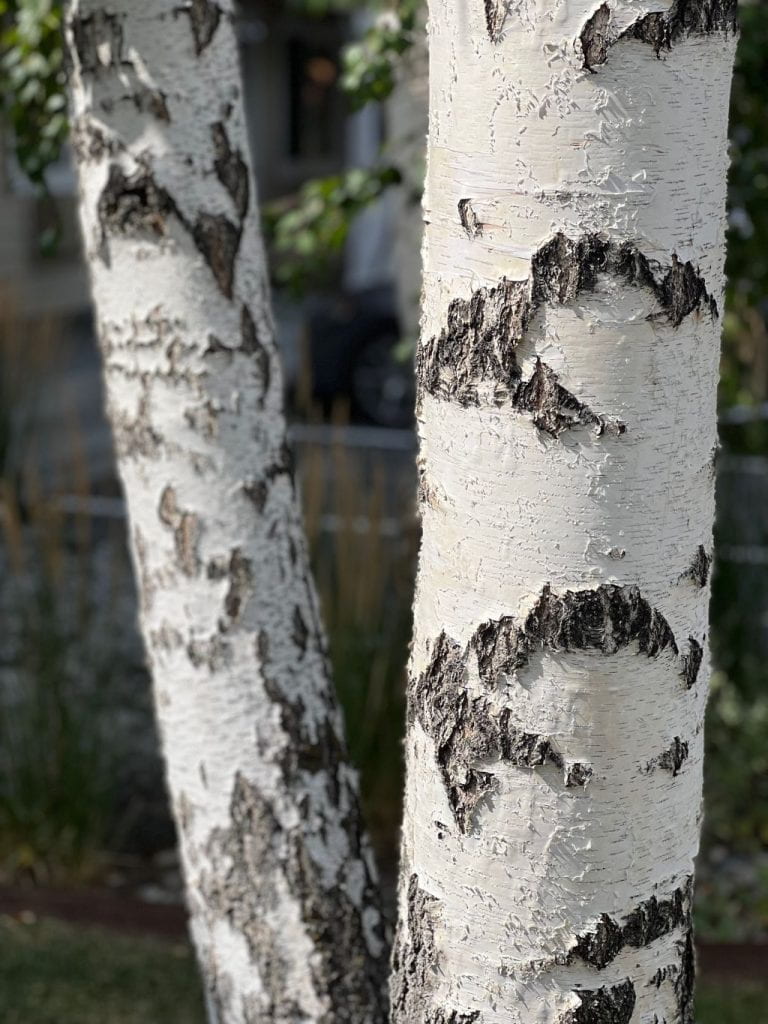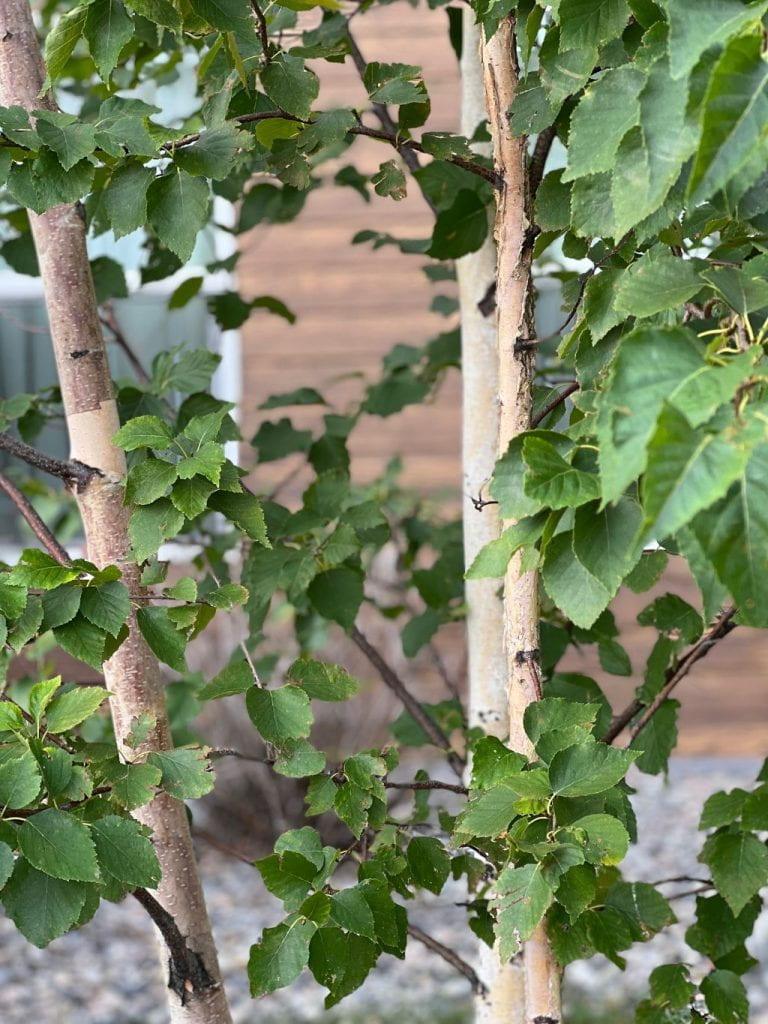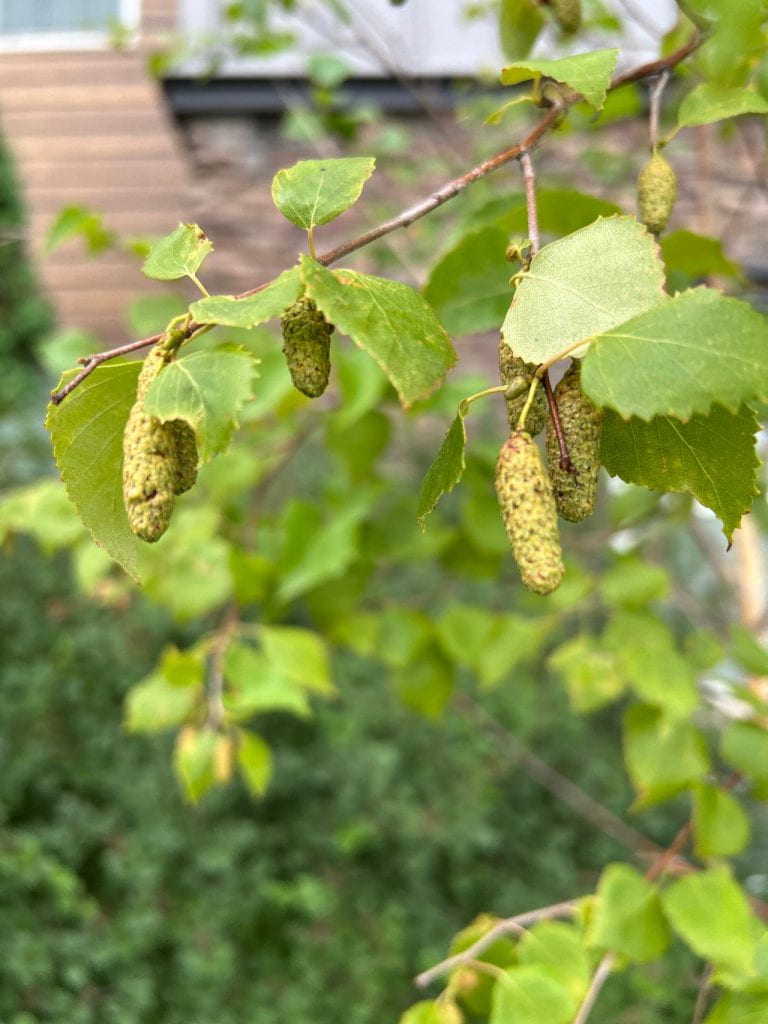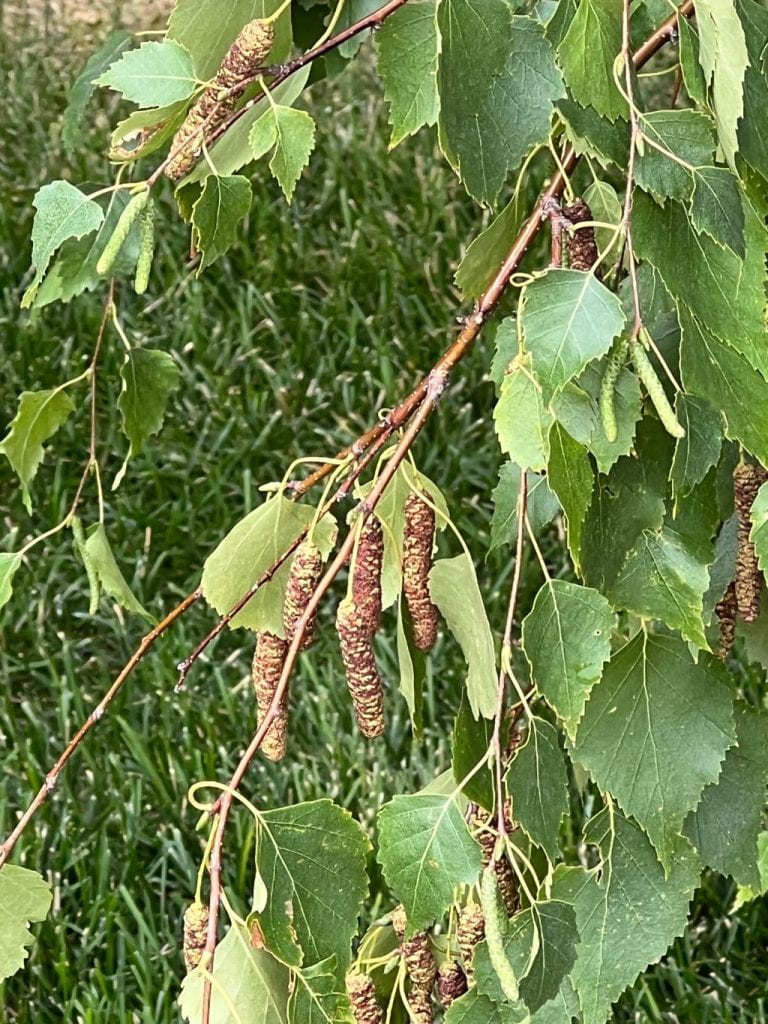Caves and Caverns
When I was growing up in Kentucky, my family visited Mammoth Cave and when I was teaching science, I chaperoned field trips to the Dahlonega Gold Mines. Click here for further information and photos of this field trip.
Because my husband and I couldn’t continue our journey to Glacier National Park, we explored some sights near Bozeman, Montana. One of those day trips led us to Lewis and Clark Caverns State Park.
The Lewis and Clark Caverns, Montana’s first state park, became federal property in 1908. Although they never entered the caverns, the park was named after Meriwether Lewis and William Clark whose expedition passed through the area as they explored the western portion of the United States after the Louisiana Purchase. These caverns are unique because they are high in the mountains.
What is the difference between a cave and a cavern? Caverns consist of a series of caves connected with one passage, while caves tend to consist of only one hollow.
We hiked to the entrance of the caverns. Although the outside temperature was nearly 80 degrees, the temperature remains approximately 48 degrees Fahrenheit inside the caverns.
The cathedral room was spectacular! The most common features were dripstone (soda straws, stalagmites, stalactites, and columns); flowstone (canopies, waterfalls, and cave bacon); and seepstone (cave popcorn and helicities).
I was hoping to see the resident Townsend’s big eared bats, but no luck on this visit.
Click here to view full screen.
Click here for full screen viewing.
We had fun spelunking!
Click here for full screen. Try this experiment:
The following humorous story can be used to teach prediction and persusaion, as well as the danger of making assumptions.
Click here to watch full screen.
Construct a cave inside or outside like the children do in the following story. What materials could you use-boxes, bed sheets…? Young children will enjoy the repetitive language in this imaginative text.
To watch full screen, click here.
Look at what this teacher did to transform her hallway and classroom! Crumbled brown paper makes it appear as though you are inside caverns. Use a cave unit to kick off a study of bats or bears. If you want to integrate art into a cave unit, make cave paintings

Photo credit: wwv.group.com

